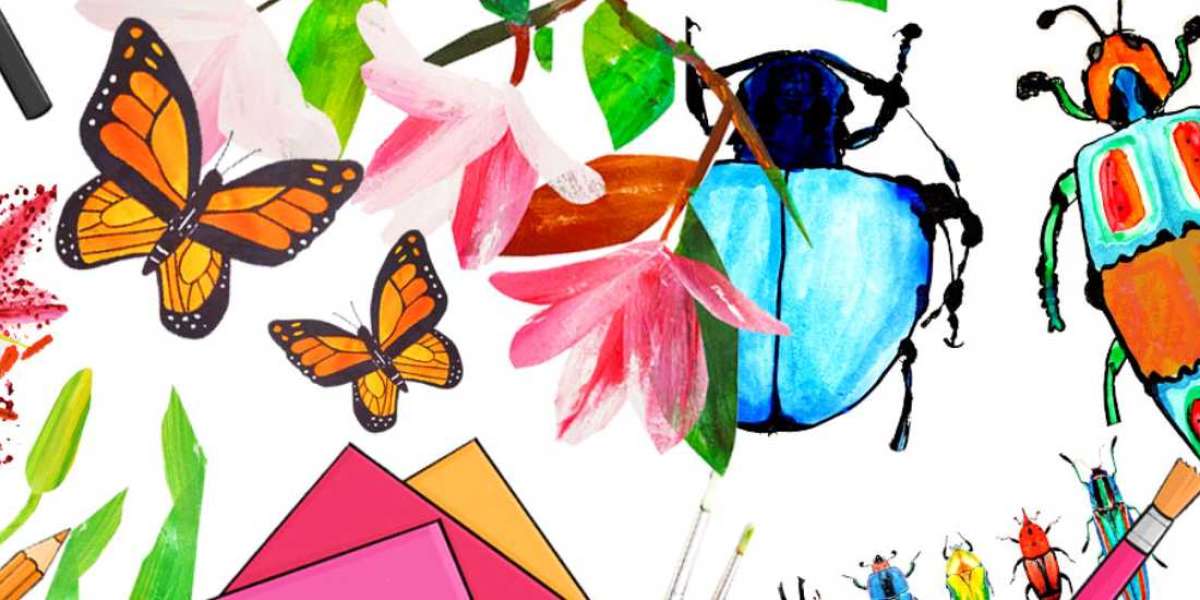Introduction
Art education is an essential component of a well-rounded curriculum, fostering creativity, critical thinking, and emotional expression in students. For teachers, delivering effective art lessons can be both fulfilling and challenging. This guide provides comprehensive strategies for developing and implementing successful art lessons that engage students and enhance their learning experience.
The Role of Art in Education
Art education plays a pivotal role in developing students' cognitive and emotional skills. It helps in cultivating creativity, improving motor skills, and enhancing visual learning. A well-structured art lesson for teachers should aim to make these benefits accessible to all students, regardless of their skill level.
Setting the Foundation: Planning Your Art Lesson
Defining Clear Objectives
Begin by outlining clear, achievable objectives for your art lesson. These should align with educational standards and be specific enough to guide your teaching. Objectives might include mastering a particular technique, understanding the significance of an art movement, or completing a specific project.
Selecting the Right Materials
Choosing appropriate materials is crucial. Ensure that the materials are suitable for the age and skill level of your students. Basic materials include drawing paper, paints, brushes, and clay. For more advanced projects, consider incorporating digital tools like graphic tablets and design software.
Developing an Engaging Lesson Plan
Introduction to the Lesson
Start with an engaging introduction that captures students' interest. This could be a brief history of an artist, a discussion about a famous artwork, or a simple sketching exercise. Use this time to connect with your students and set the tone for the lesson.
Demonstration of Techniques
Showcase the techniques or concepts that will be the focus of the lesson. A live demonstration helps students understand the process and sets a clear example. Explain each step in detail and encourage questions to ensure understanding.
Guided Practice
Allow students to practice the techniques under your guidance. Walk around the classroom, providing feedback and assistance as needed. This hands-on practice is crucial for reinforcing the concepts introduced in the demonstration.
Independent Work
Encourage students to work independently on their projects. This fosters creativity and allows them to apply what they have learned. Be available for support but also give them the freedom to explore and experiment.
Incorporating Art History and Theory
Integrating art history and theory can enrich your lessons. Discuss the origins and significance of the techniques or styles being taught. Use examples from renowned artists and movements to illustrate your points. This contextual understanding enhances students' appreciation of art and its cultural relevance.
Assessment and Feedback
Formative Assessment
Implement formative assessments to monitor students' progress. This can include observing their work, asking questions, and providing immediate feedback. Formative assessments help you adjust your teaching methods to better meet the needs of your students.
Summative Assessment
Conduct summative assessments at the end of a lesson or unit to evaluate overall understanding and skill development. This could be in the form of completed projects, portfolios, or written exams. Provide constructive feedback to help students improve and grow.
Adapting Lessons for Diverse Learners
Every classroom has a diverse range of learners. Adapt your lessons to accommodate different skill levels and learning styles. For advanced students, offer more complex projects and additional challenges. For beginners, break down tasks into simpler steps and provide more guidance. Differentiation ensures that all students are engaged and learning effectively.
Using Technology in Art Education
Technology can significantly enhance art education. Utilize digital platforms to display artworks, conduct virtual museum tours, and explore online resources. Tools like graphic design software and digital drawing tablets offer new ways for students to create and learn. Incorporating technology can make your lessons more dynamic and relevant to modern artistic practices.
Creating a Positive Classroom Environment
A positive classroom environment is essential for effective learning. Encourage a culture of respect, collaboration, and open expression. Celebrate students' achievements and provide opportunities for them to showcase their work. A supportive environment fosters creativity and motivates students to take pride in their artistic endeavors.
Conclusion
Teaching art requires a blend of creativity, planning, and adaptability. By setting clear objectives, selecting appropriate materials, and developing engaging lesson plans, teachers can inspire and educate their students effectively. Integrating art history, adapting to diverse learners, and incorporating technology can further enhance the learning experience. A positive classroom environment will encourage students to explore their creativity and develop their skills, making art education a valuable and enjoyable part of their academic journey.








